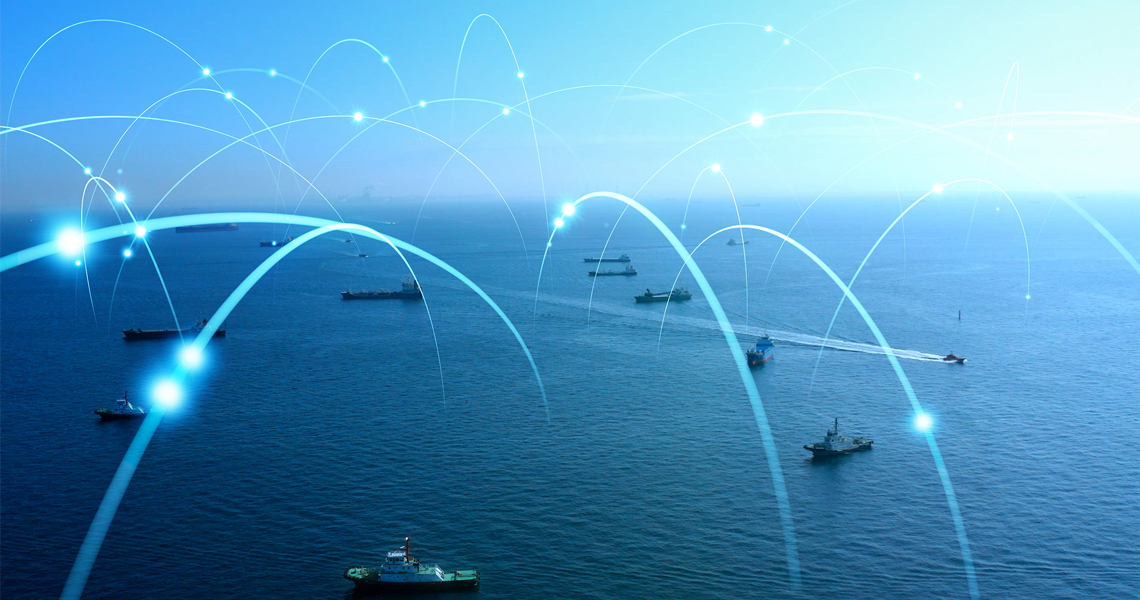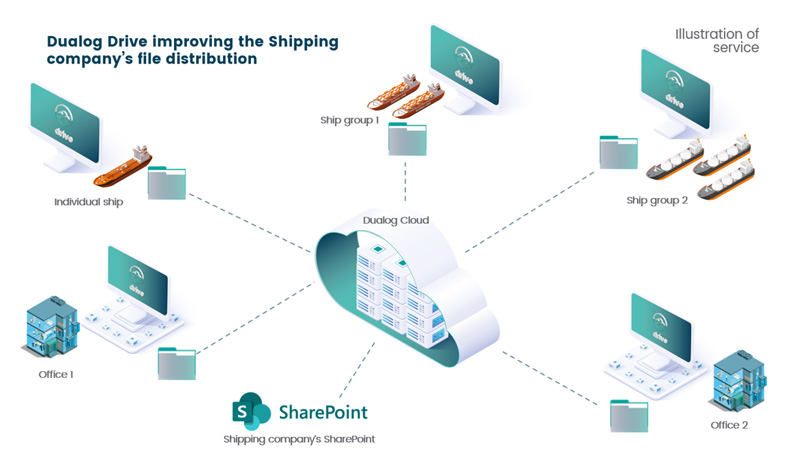Ship-Shore Communication, Cybersecurity
Background
Advances in ICT have led to a diversification and increase in the volume of data collected on board ships, creating a necessity to strengthen shipboard cybersecurity to support data-driven decision-making. The International Maritime Organization (IMO) requires thorough management of cyber risks based on the Safety Management System (SMS). Particularly, its importance is increasing in relation to the International Safety Management (ISM) Code of the International Convention for the Safety of Life at Sea (SOLAS).
In addition, the International Association of Classification Societies (IACS) established new rules to strengthen the cyber resistance of OT equipment and IP-based communication equipment for ships built after July 2024. As data utilization proceeds in conjunction with land-based operations, ensuring cybersecurity has become an important factor that directly affects the safety and efficiency of ship operations.
Goal
- Realization of cyber resilience on ships
- Efficient and secure ship-to-shore data communication
- Establishment of international and industry standards
Initiatives to date
Since 2008, the NYK Group has been developing the Ship Information Management System (SIMS) to collect and manage data on ships, and has been working to optimize fuel efficiency and safe navigation. It advanced through SIMS2 and SIMS3, contributed to international standardization activities, and achieved the standardization of ISO19847 and ISO19848. Further, in collaboration with the Norwegian company Dualog, we developed the Dualog Drive platform for ship-to-shore communication and were also involved in the establishment of the international standard ISO 23807 (general requirements for asynchronous ship-to-shore data transmission) based on this. This initiative supports the development of ship IoT and improves the efficiency and security of ship-to-shore data communication. In terms of cybersecurity, we are working to strengthen ship security through penetration testing and other measures, and are building a system for early detection and response.



